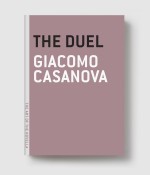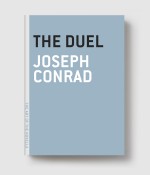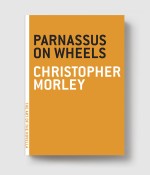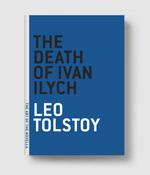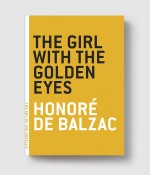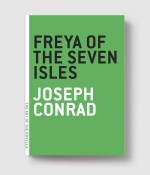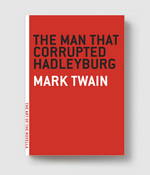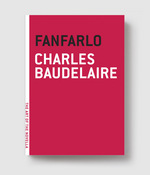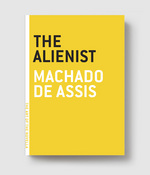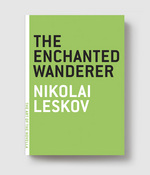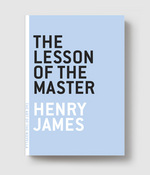
List price: $10.00
- Pages98
- ISBN9780974607832
- Publication dateMay, 2004
- Categories
- Booksellers
- Media
- Academics & Librarians
The Devil
LEO TOLSTOY
Part of The Art of the Novella
“I am acting badly,” thought Yevgeny, ”but what’s one to do? Anyhow it is not for long.”
Leo Tolstoy is known for epic novels that brilliantly dissect society, but the novella The Devil may be the most personally revealing—and startling—fiction he ever wrote. He thought it so scandalous, in fact, that he hid the manuscript in the upholstery of a chair in his office so his wife wouldn’t find it, and he would never allow it to be published in his lifetime.
Perhaps that’s because the gripping tale of an aristocratic landowner slowly overcome with unrelenting sexual desire for one of the peasants on his estate was strikingly similar to an affair Tolstoy himself had. Regardless, the tale—presented here with the two separate endings Tolstoy couldn’t decide between—is a scintillating study of sexual attraction and human obsession.

